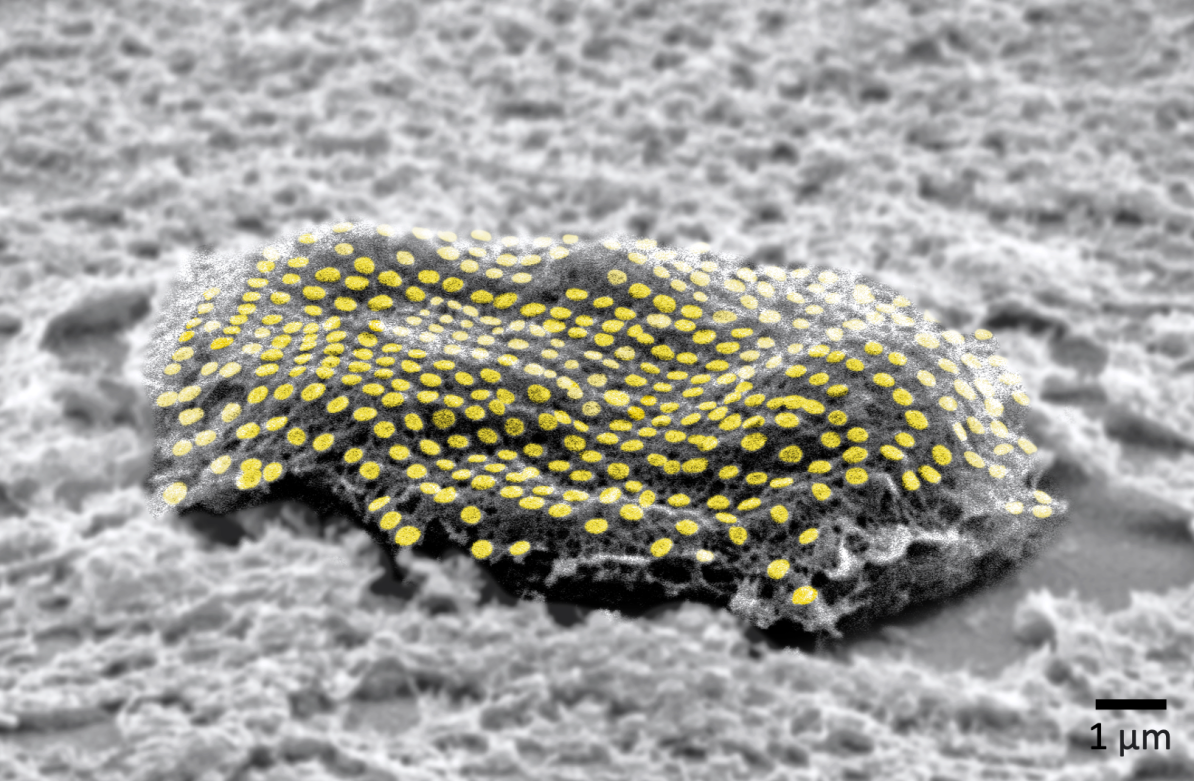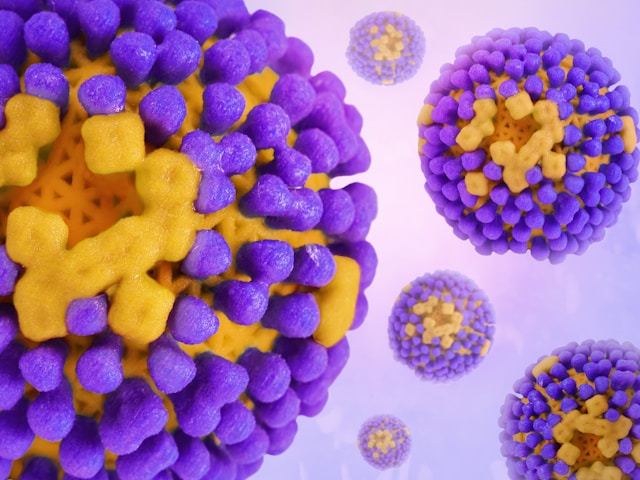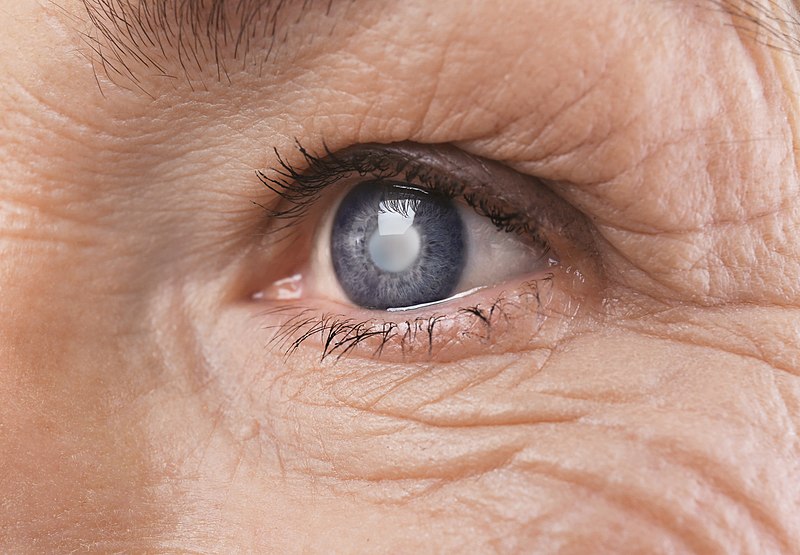Scientists have successfully developed a nanoscale electronic sensor resembling a ‘tattoo,’ capable of non-invasively adhering to living individual cells. This significant advancement holds the potential for monitoring cellular well-being and brings us closer to early disease detection.
Researchers from Johns Hopkins University have created nanoscale tattoos composed of dots and wires. This innovative technology enables the placement of optical components or electronics onto living cells through tattoo-like arrays. These arrays affix to cells, adapting and flexing to their wet and fluid outer structures.
“If you imagine where all this is going in the future, we would like to have sensors to remotely monitor and control the state of individual cells and the environment surrounding those cells in real-time,” said David Gracias, a corresponding author of the study. “Having technologies to track the health of isolated cells could potentially allow us to diagnose and treat diseases much earlier, rather than waiting until the entire organ is damaged.”
Attaching Electronics to Minuscule Cells
These tattoos create a link between cells or tissues and regular sensors and electronics, similar to barcodes or QR codes. Gracias, recognized for his advancements in safe and unobtrusive biosensor technologies, explained the remarkable importance of this invention.
Affixing an electronic tattoo onto something as small as a human cell presents a challenge. This challenge arises not only due to the cell’s diminutive size but also because the structure must possess the necessary flexibility to conform to the cell’s curved surface. Furthermore, it must remain securely attached without causing harm to the cell.
“We’re talking about putting something like an electronic tattoo on a living object ten times smaller than the head of a pin,” said Gracias. “It’s the first step toward attaching sensors and electronics to live cells.”
Tracking Cellular Health Through Nanoscale Tattoos
In addition to early disease detection, the technology holds promise for creating biohybrid materials, bionic devices, and biosensors. The researchers also plan to develop more complex nanocircuits that can remain attached for longer periods and experiment with different cell types.
The study was published in the journal Nano Letters.







